20 days 19 nights
Daily Tour
Unlimited
English
About this tour
The Everest Three Passes trek is an exhilarating and challenging journey through the Khumbu region of Nepal, offering stunning views of the world’s highest peaks, including Mount Everest. This trek involves crossing three high mountain passes: Kongma La Pass (5,535 meters), Cho La Pass (5,420 meters), and Renjo La Pass (5,360 meters).
The Everest Three Passes trek is for adventurers seeking an extra challenge beyond the standard Everest Base Camp trek. The route typically starts and ends at Lukla, passing through villages like Namche Bazaar, Tengboche, Dingboche, and Gokyo. The journey includes breathtaking landscapes, remote valleys, glacial lakes, and close-up views of iconic Himalayan peaks.
The Everest Three Passes trek demands physical fitness, acclimatization, and some mountaineering skills due to the high altitude and challenging terrain. It’s an incredible experience for those looking to explore the Himalayas and witness their grandeur up close.
Is it similar to EBC trek?
While both the Everest Three Passes trek and the Everest Base Camp (EBC) trek share some similarities, they also have distinct differences:
- Length and Difficulty: The Everest Three Passes trek is longer, more challenging, and involves crossing three high passes, whereas the EBC trek primarily focuses on reaching the Everest Base Camp. The Three Passes trek requires more time, stamina, and acclimatization due to the increased altitude and challenging terrain.
- Scenery and Route: Both treks offer stunning views of the Himalayas, including Mount Everest. However, the Three Passes trek takes you through lesser-traveled and more remote areas, providing a broader range of landscapes, including glacial valleys, lakes, and diverse terrain. The EBC trek has a more direct route to the base camp.
- Altitude: The Three Passes trek reaches higher altitudes as it involves crossing multiple passes above 5,000 meters, whereas the EBC trek generally stays at lower altitudes until reaching the Everest Base Camp.
- Crowds and Infrastructure: The EBC trek tends to be more popular and can be more crowded during peak seasons, with established teahouses and lodges along the way. The Three Passes trek is less crowded and passes through more remote areas where facilities might be more basic or sparse.
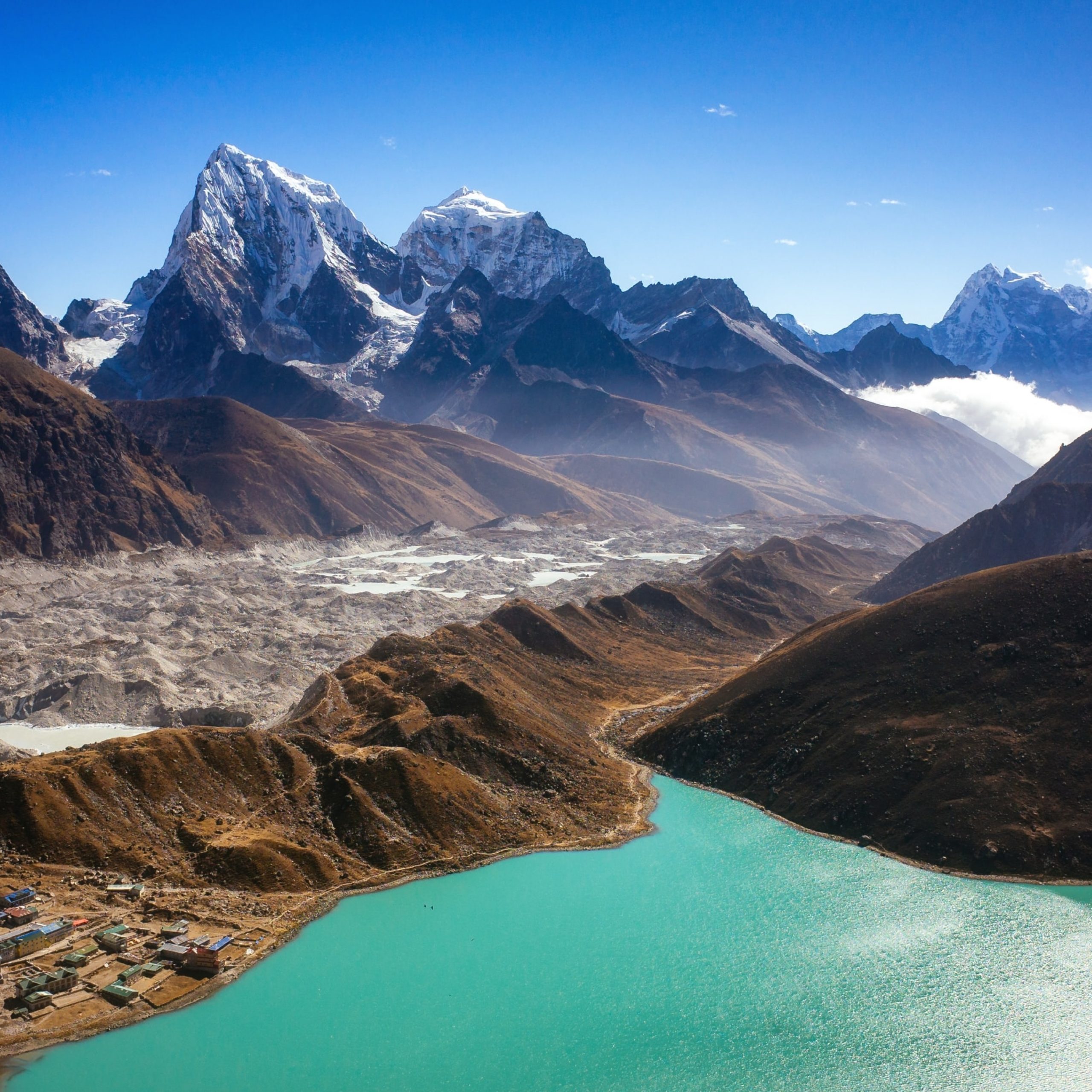
In summary, while both treks offer incredible views of Everest and the surrounding Himalayas, the Three Passes trek is longer, more challenging, and ventures into more remote areas, providing a more extensive and diverse Himalayan experience compared to the more popular and direct route of the Everest Base Camp trek.
Is any additional skill required for Everest Three Passes trek?
Yes, the Everest Three Passes trek demands a higher level of preparation and some additional skills compared to the standard Everest Base Camp trek due to its increased difficulty and altitude. Here are some skills and preparations that can be beneficial:
- Physical Fitness: A high level of physical fitness is crucial. Regular cardiovascular and strength training exercises can help prepare your body for the demands of trekking at high altitudes.
- Altitude Acclimatization: Understanding how to acclimatize properly is essential for tackling high altitudes safely. The Three Passes trek reaches heights above 5,000 meters, so being familiar with symptoms of altitude sickness and acclimatization techniques is vital.
- Navigation Skills: While the trail is marked, having basic navigation skills, such as reading maps and using a compass or GPS device, can be helpful, especially in more remote areas where trails might be less distinct.
- Mountaineering Skills (for some sections): Certain parts of the trek might involve basic mountaineering skills, such as using crampons and ice axes, especially while crossing the passes, where there could be snow and ice.
- Proper Gear: Ensure you have the right equipment, including high-quality trekking gear, appropriate clothing for various weather conditions, sturdy trekking boots, and possibly mountaineering gear if required for the passes.
- Knowledge of Emergency Procedures: Understanding emergency procedures, such as recognizing signs of altitude sickness and knowing evacuation routes, is crucial for safety.
- Experience with Long Treks: Previous experience with multi-day treks, especially at high altitudes, can be beneficial in understanding your body’s reactions and needs during extended periods of physical exertion.
Before undertaking the Everest Three Passes trek, consider joining guided tours with experienced trekking agencies, which often provide guides familiar with the terrain and can offer valuable support and guidance during the Everest Three Passes trek. Additionally, taking a mountaineering or altitude training course beforehand can boost your preparedness for this challenging adventure.
How are the trails?
The trails on the Everest Three Passes trek vary significantly in terrain and difficulty. Here’s an overview:
- Well-Defined Paths: In more popular sections and villages like Namche Bazaar and Tengboche, the trails are well-marked and defined. You’ll find clear paths that are regularly traveled by trekkers and locals.
- Rocky and Steep Sections: As you ascend higher and move away from the main villages, the trails can become steeper, rockier, and more challenging. Some sections may involve traversing over rocks, boulders, and uneven terrain.
- Glacial Moraines: Around the passes, especially while approaching and crossing them, you might encounter glacial moraines. These areas can be rocky, uneven, and require careful navigation.
- Snow and Ice (seasonal): Depending on the time of year, especially during the colder months or early in the trekking season, there could be snow and ice along the trails, particularly near the passes. Crampons and ice axes might be necessary for safe passage.
- Narrow Paths: At certain points, the trails might narrow, especially when traversing high passes or steep ridges. This can add an element of challenge, particularly for those uncomfortable with exposure or heights.
- River Crossings: Some parts of the trek might involve crossing rivers or streams, often via sturdy bridges. However, in remote areas or during certain seasons, temporary bridges might be set up, requiring caution.
- Altitude Gain and Loss: The trails involve both ascents and descents, sometimes steep, demanding a good level of physical fitness and proper acclimatization.
Overall, the trails on the Everest Three Passes trek offer a mix of terrain, from well-trodden paths in villages to more rugged and challenging sections as you move towards the passes. Being prepared with the right gear, physical conditioning, and a cautious approach to challenging sections will enhance your trekking experience and safety.
The Everest Three Passes trek is a challenging yet incredibly rewarding adventure that takes trekkers through some of the most stunning landscapes in the Khumbu region of Nepal. It’s an expedition that goes beyond the standard Everest Base Camp trek, offering a more extensive and diverse Himalayan experience.
The Everest Three Passes trek demands a higher level of physical fitness, proper acclimatization, and some additional skills compared to other treks in the region. It involves crossing three high mountain passes, navigating through various terrains ranging from well-defined paths to rocky, steep sections, glacial moraines, and potentially snowy or icy trails.
The journey provides unparalleled views of the world’s highest peaks, including Mount Everest, and takes trekkers through remote valleys, glacial lakes, and picturesque landscapes. It’s an adventure suited for experienced trekkers seeking a more challenging and less crowded trekking route in the Everest region.
Proper preparation, including physical training, understanding altitude-related risks, acquiring necessary skills, and having suitable gear, coupled with a cautious and informed approach to the trails, enhances the overall experience and safety of this remarkable Himalayan expedition.
Highlights
- Scenic Flight to Lukla: Experience a thrilling flight or a scenic drive to Lukla, the starting point of the trek.
- Namche Bazaar and Acclimatization: Explore Namche Bazaar, the vibrant Sherpa town, and acclimatize while hiking to Hotel Everest View for stunning mountain panoramas.
- Tengboche Monastery: Visit the ancient Tengboche Monastery with its cultural and spiritual significance amidst breathtaking mountain views.
- Challenging Passes: Cross three high passes—Kongma La, Cho La, and Renjo La—each offering challenging but rewarding experiences.
- Everest Base Camp: Reach the iconic Everest Base Camp and soak in the awe-inspiring views of the world's highest peak.
- Kala Patthar: Hike to Kala Patthar for a panoramic sunrise view of Everest and neighboring peaks.
- Remote Gokyo Lakes: Explore the serene Gokyo Lakes region surrounded by glacial landscapes and climb Gokyo Ri for incredible vistas.
- Cultural Villages: Pass through picturesque Sherpa villages, witnessing the unique local culture and hospitality.
Included/Excluded
- Airport Pick up and Drop by Private Car upon arrival and departure
- Hotel Accomodation (Shared Room for Minimum 2 Pax and Single Room for Private Trip) in Kathmandu & in Tea Houses as per Itinerary
- All clean Standard Teahouses (Shared Room for Minimum 2 Pax and Single Room for Private Trip) in Lukla, Phakding, Namchebazzar, Tengboche, Dingboche, Lobuche, Gorakshep as per Package booked
- Overland transport from Kathmandu to Ramechap (both ways)
- Flight Ticket from Ramechap to Lukla (both ways)
- Meals 3 x a day as per mentioned in Itinerary
- Company Duffle Bag to lend for trekking
- Sleeping Bag to lend for trekking
- Seasonal Fruits during trekking
- Professional Experienced Licensed English Speaking Guide
- Porter (1 Porter for 2 People with maximum luggage 25 kgs)
- Sagarmatha National Park Trekking Permit & Government Tax
- Nepal Visa Online Application Service
- Emergency Evacuation Management / Service by Horse or Helicopter
- Farewell Dinner before Departure
- Official Trekking Certificate from our Company
- Flight ticket to Nepal & Travel Insurance
- Tourist Visa On Arrival Fee --> 15 Days = USD 30, 30 Days = USD 50
- Tips for Guide & Porter
- Extra Accommodation which is caused by your early arrival or late departure other than the trek date, and if you are back to Kathmandu early from the trek due to any problem or rescue (other personal reasons).
- Extra Airport transfer cost if you have to return back from Kathmandu/Ramechap airport to hotel again and again go to Lukla airport because of weather problem (flight cancellation).
- Horse Rent / Helicopter Cost/Expenses for Emergency Evacuation or Personal Request
- Personal Expenses for trekking such as mountain gear or equipments, shopping, wifi/nepal simcard, phone/battery charge, hot water/shower, extra personal meals, drinks (mineral water), snacks, laundry etc
- Other Personal Expenses which are not included in the above facilities.
Itinerary

Arrive at Tribhuvan International Airport in Kathmandu (1,400 m). You'll be transferred to your hotel for overnight accommodation.
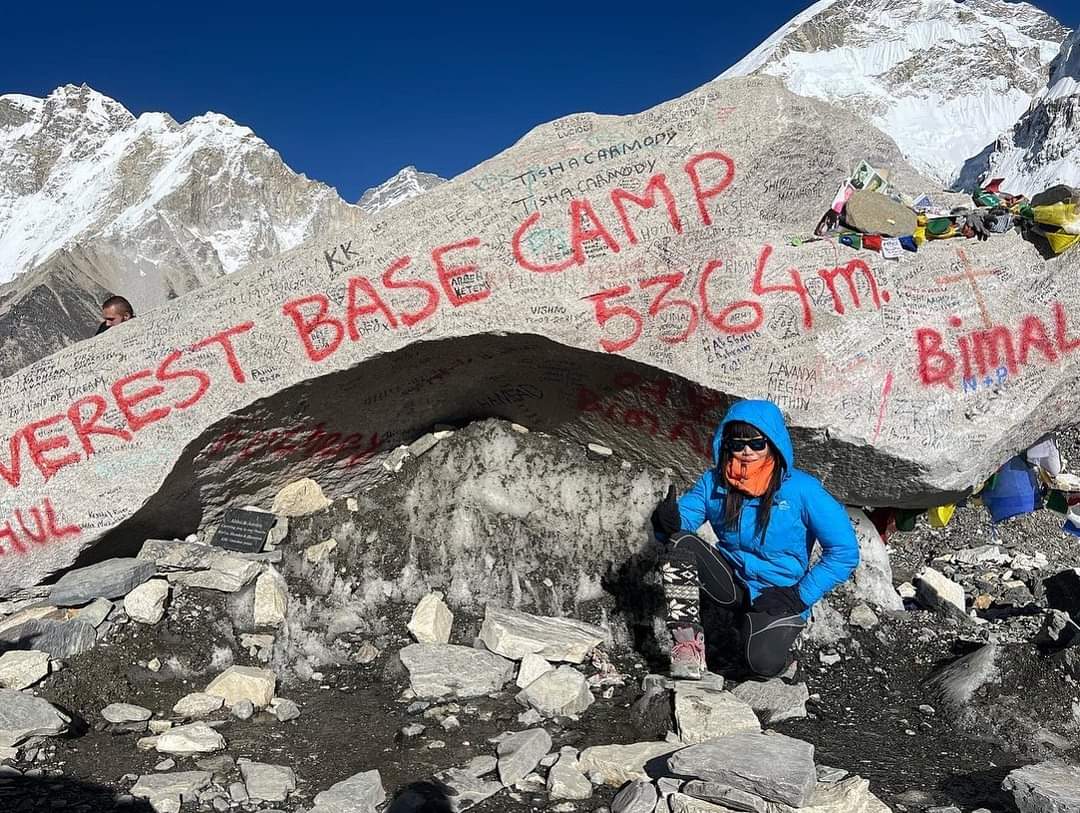
Either take a 35-minute flight to Lukla (2,840 m) from Kathmandu or drive for 5 to 6 hours to Manthali/Ramechhap and then a 20-minute flight to Lukla. Trek from Lukla to Phakding (2,610 m) for 3 to 4 hours and stay overnight in a guesthouse.
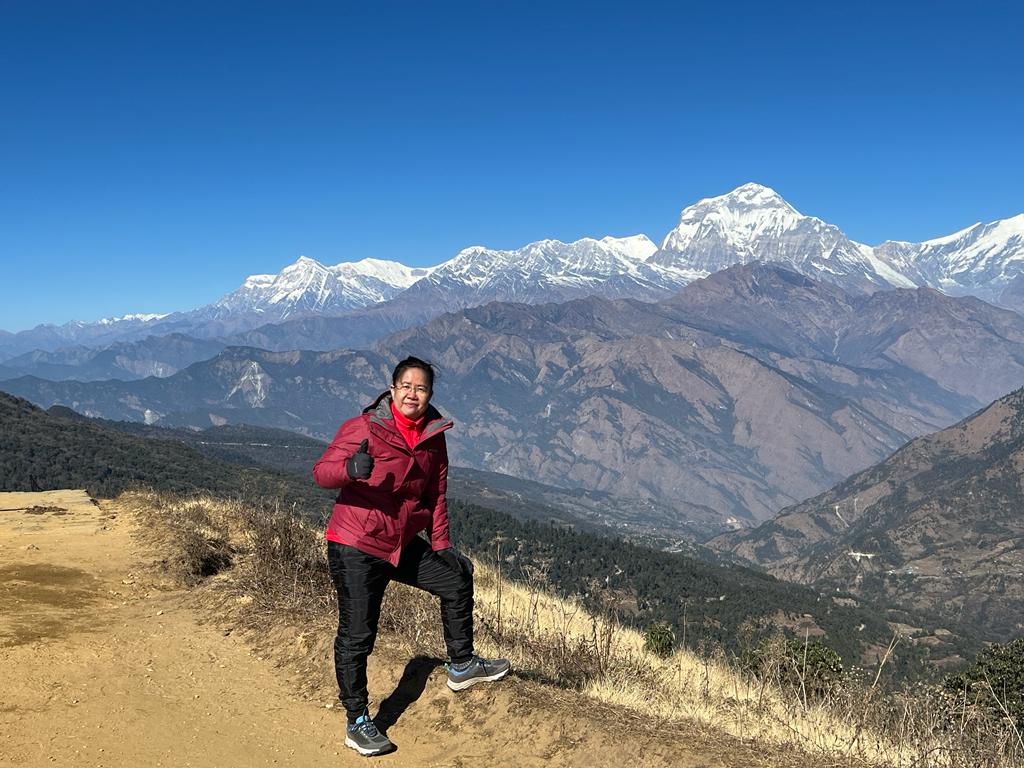
Trek from Phakding to Namche Bazaar (3,440 m) for 5 to 6 hours. Overnight stay at a guesthouse.
Hike to Hotel Everest View (3,880 m) and return, approximately 4 to 5 hours of trekking. Overnight at a guesthouse in Namche Bazaar.
Trek from Namche Bazaar to Tengboche (3,860 m) for 5 to 6 hours. Stay overnight at a guesthouse.
Trek from Tengboche to Dingboche (4,410 m) for 5 to 6 hours. Overnight stay at a guesthouse.
Hike to Nangkartsang Peak (5,083 m) and return, about 4 to 5 hours of trekking. Overnight at a guesthouse in Dingboche.
Trek from Dingboche to Chhukung (4,730 m) for 4 to 5 hours. Stay overnight at a guesthouse.
Trek for 7 to 8 hours, crossing Kongma La Pass (5,535 m), and reach Lobuche (4,910 m). Overnight stay at a guesthouse.
Trek to Everest Base Camp (5,364 m) and return to Gorak Shep (5,164 m) in about 8 to 9 hours. Overnight stay at a guesthouse.
Early morning hike to Kala Patthar (5,555 m) then descend to Lobuche (4,910 m) in approximately 8 to 9 hours. Overnight stay at a guesthouse.
Trek from Lobuche to Dzongla (4,830 m) in 4 to 5 hours. Stay overnight at a guesthouse.
Trek for 8 to 9 hours, crossing Cho La Pass (5,368 m), and reach Gokyo (4,800 m). Overnight stay at a guesthouse.
Climb Gokyo Ri (5,483 m) and return to Gokyo in about 3 to 4 hours. Overnight stay at a guesthouse.
Trek for 7 to 8 hours, crossing Renjo La Pass (5,340 m), and reach Lunden (4,300 m). Overnight stay at a guesthouse.
Trek from Lunden to Thame (3,800 m) in 4 to 5 hours. Overnight stay at a guesthouse.
Trek from Thame to Namche Bazaar (3,440 m) in 4 to 5 hours. Overnight stay at a guesthouse.
Trek from Namche Bazaar to Lukla (2,840 m) in 6 to 7 hours. Stay overnight at a guesthouse.
Either take a 35-minute flight or drive for 5 to 6 hours from Manthali/Ramechhap to Kathmandu after the Lukla flight. Stay overnight at a hotel in Kathmandu.
Durations
Languages
Frequently asked questions
The best times are spring (March to May) and autumn (September to November). Spring offers blossoming rhododendrons and stable post-winter weather. Autumn brings clear skies and pleasant temperatures post-monsoon.
Accommodation primarily consists of teahouses or guesthouses. These offer basic amenities like beds, blankets, and shared bathrooms. Carrying a sleeping bag is advisable for added comfort.
Altitude sickness is a concern. Adequate acclimatization, gradual ascent, hydration, rest, and recognizing symptoms like headaches and nausea are crucial. The itinerary includes acclimatization days for adjustment.

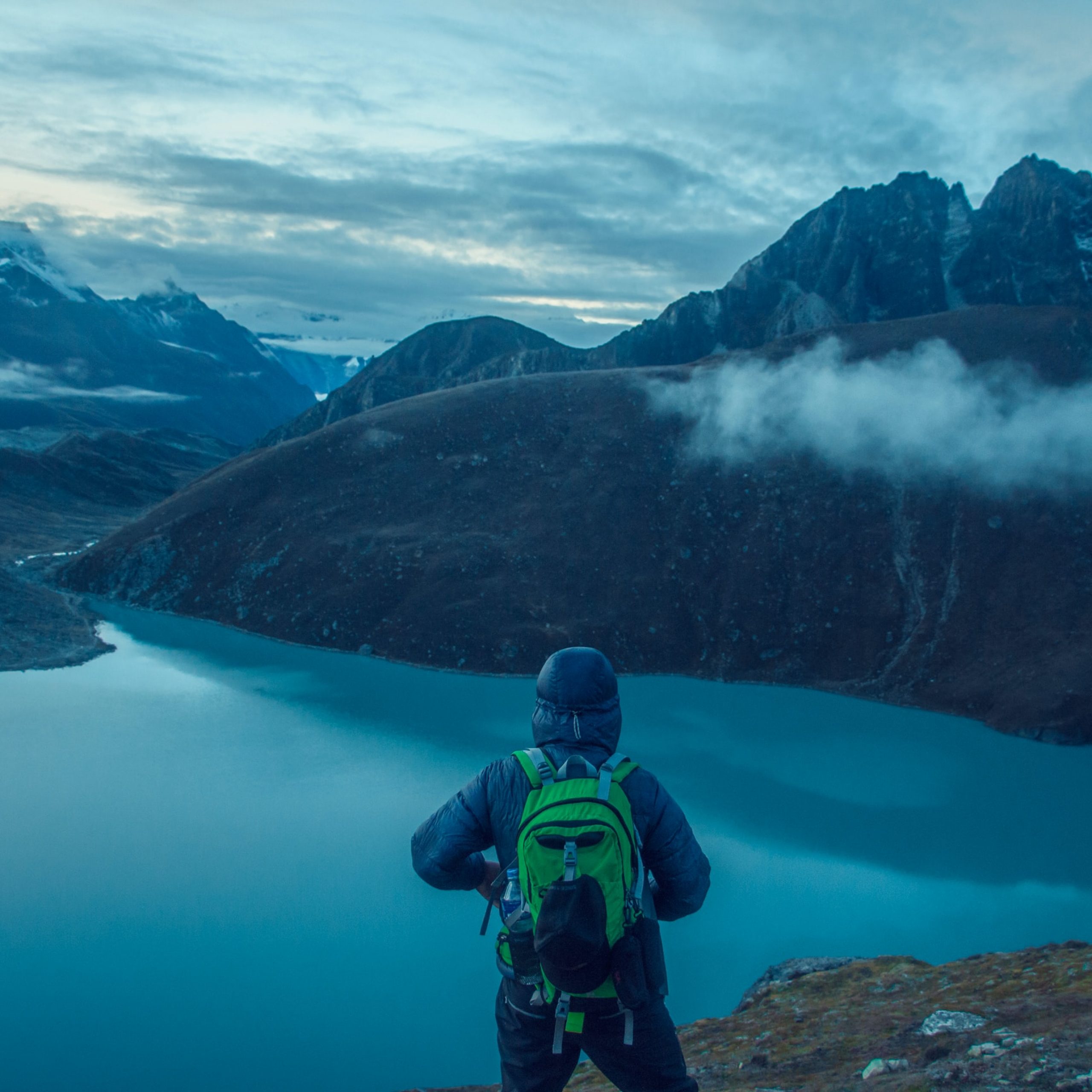
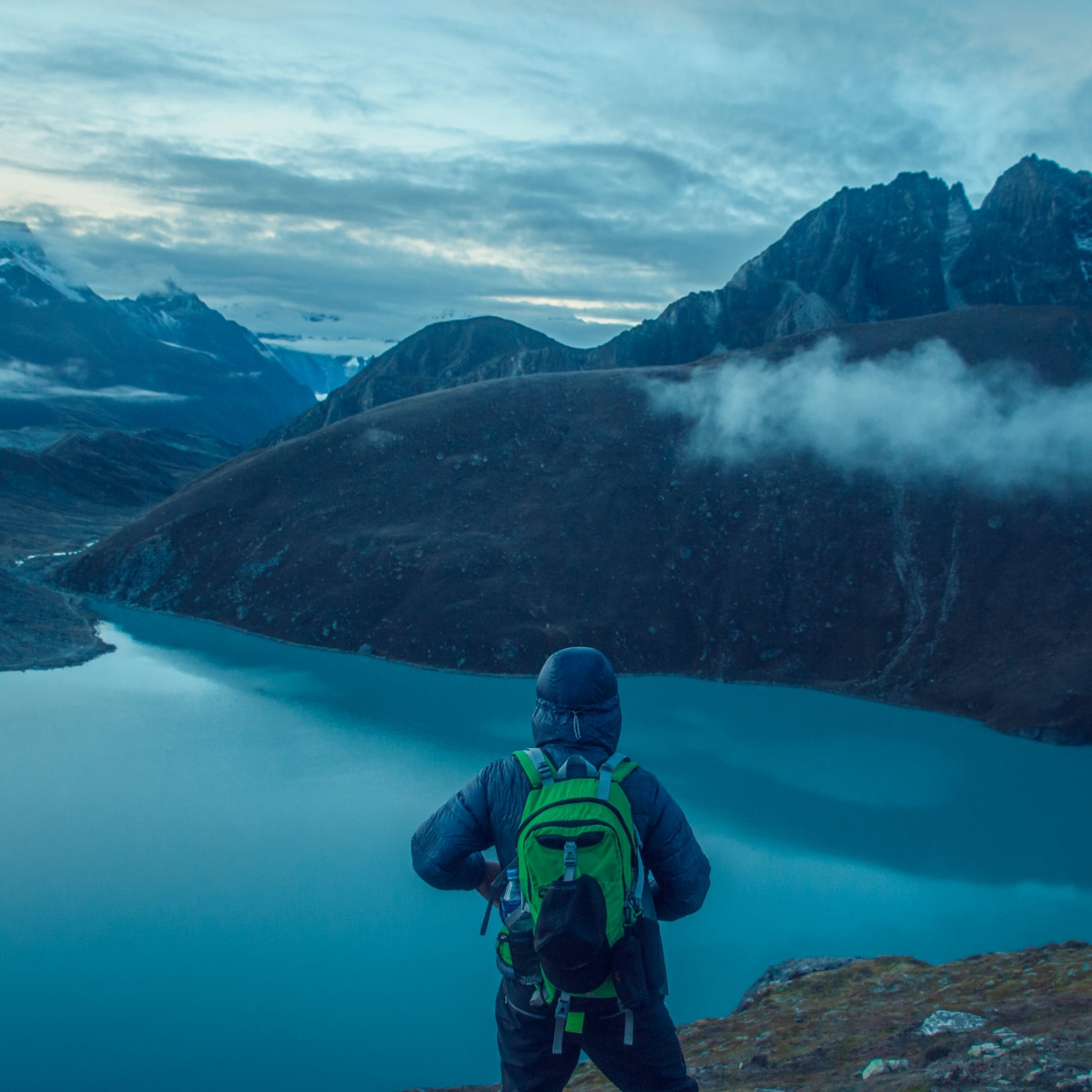
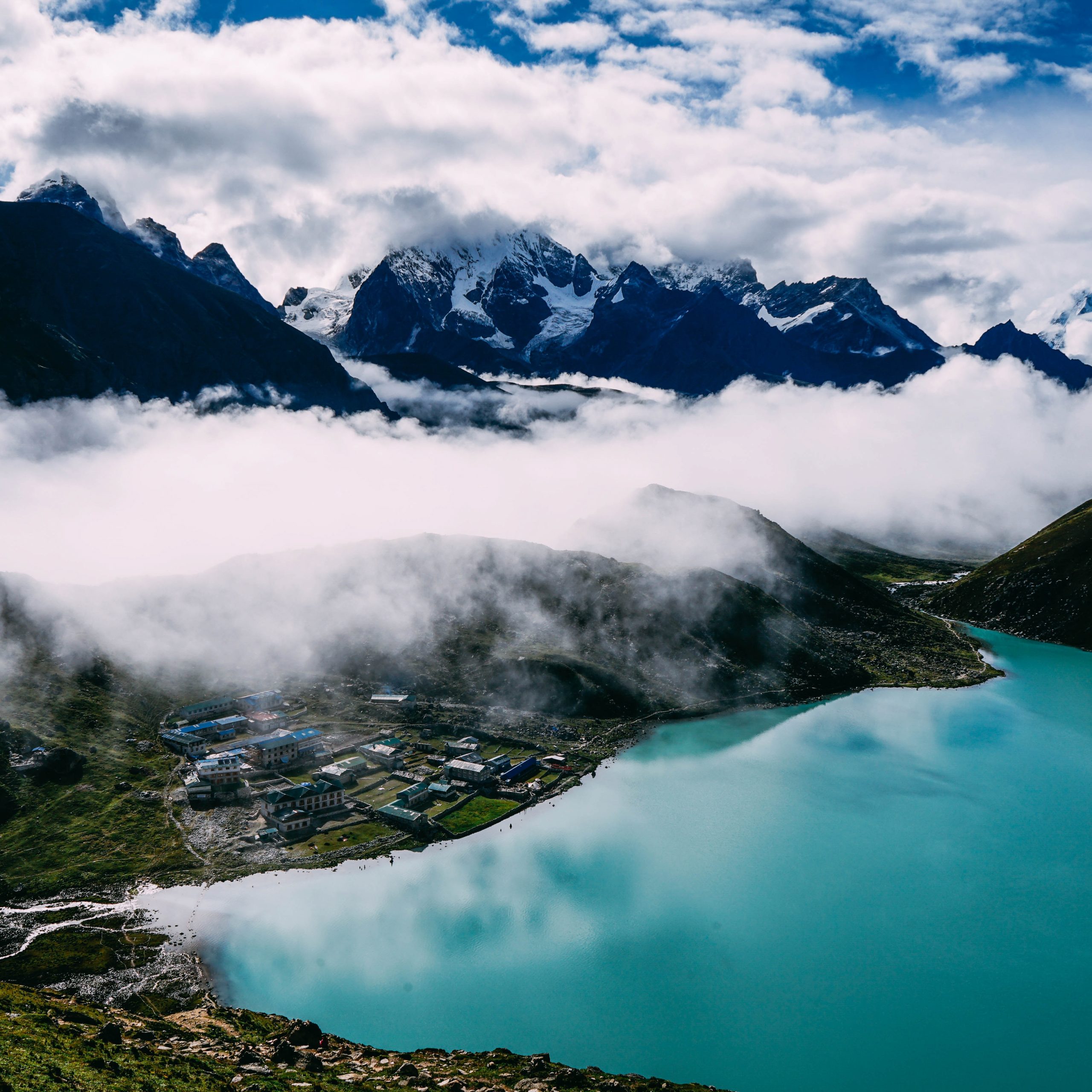

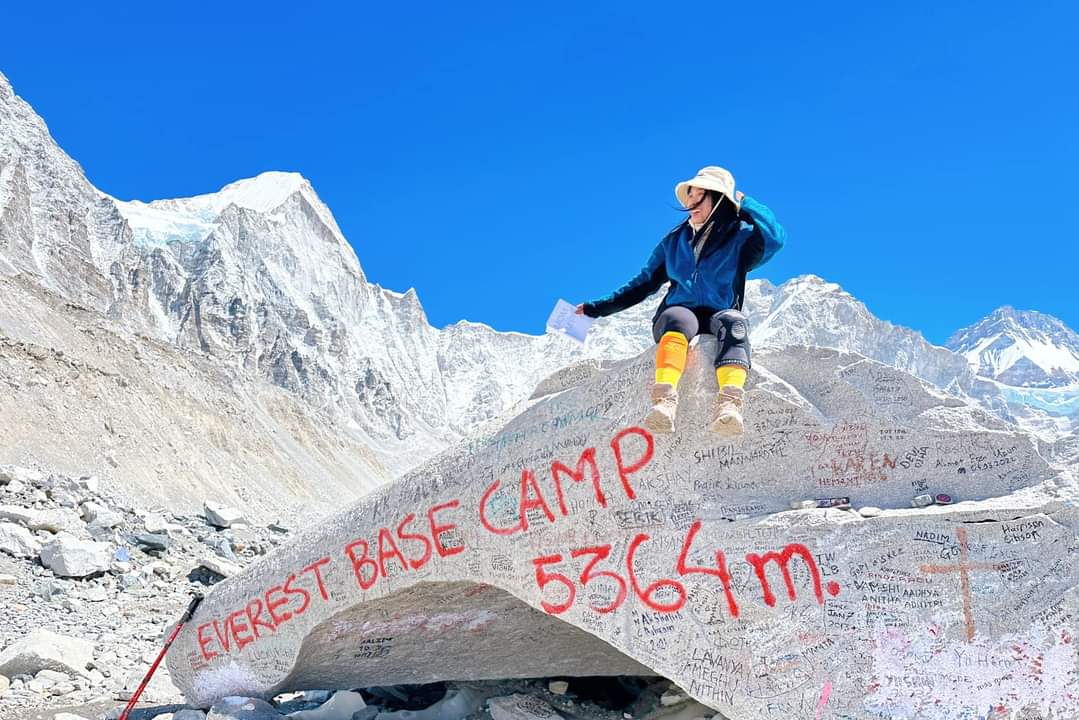
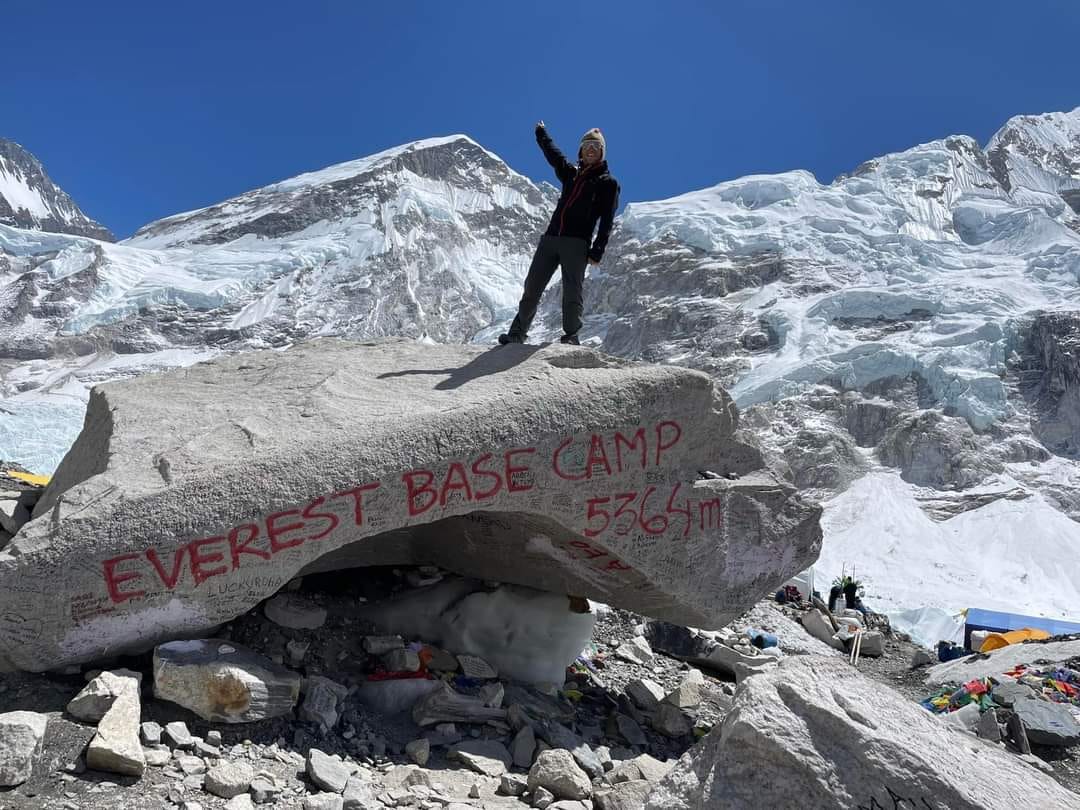
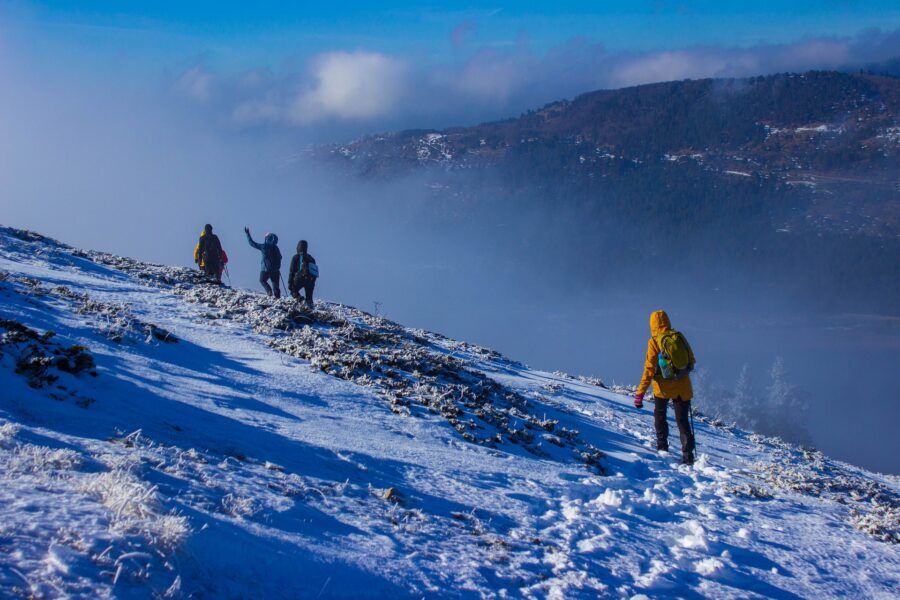

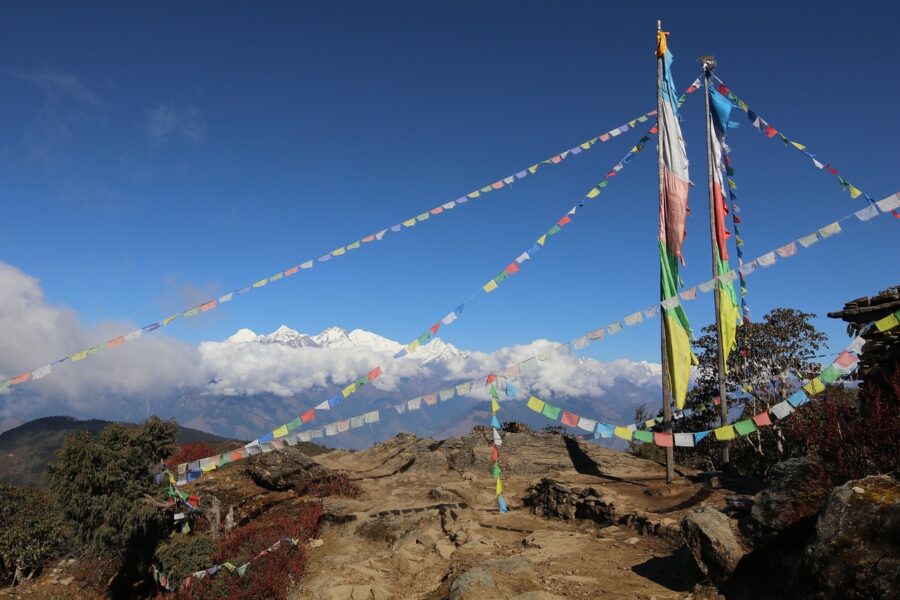
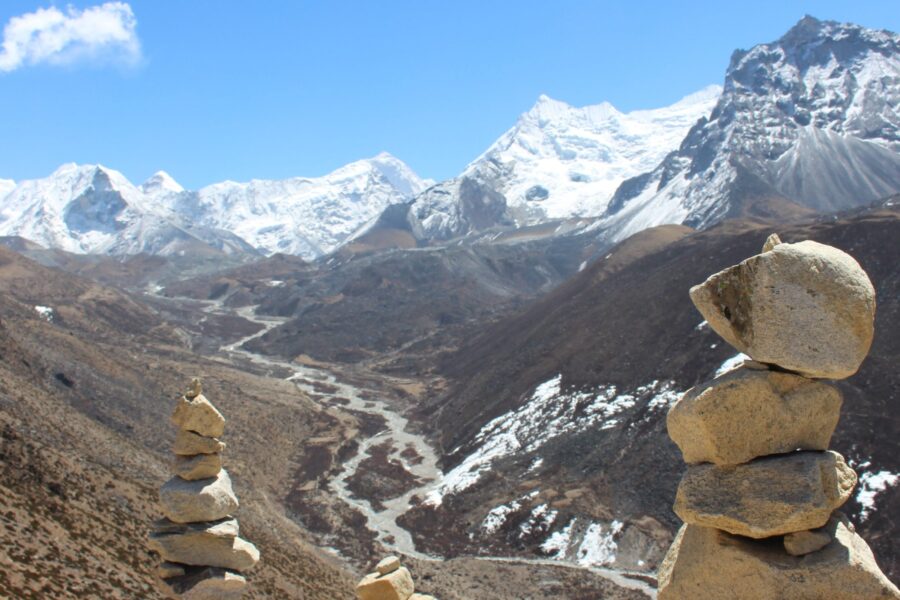
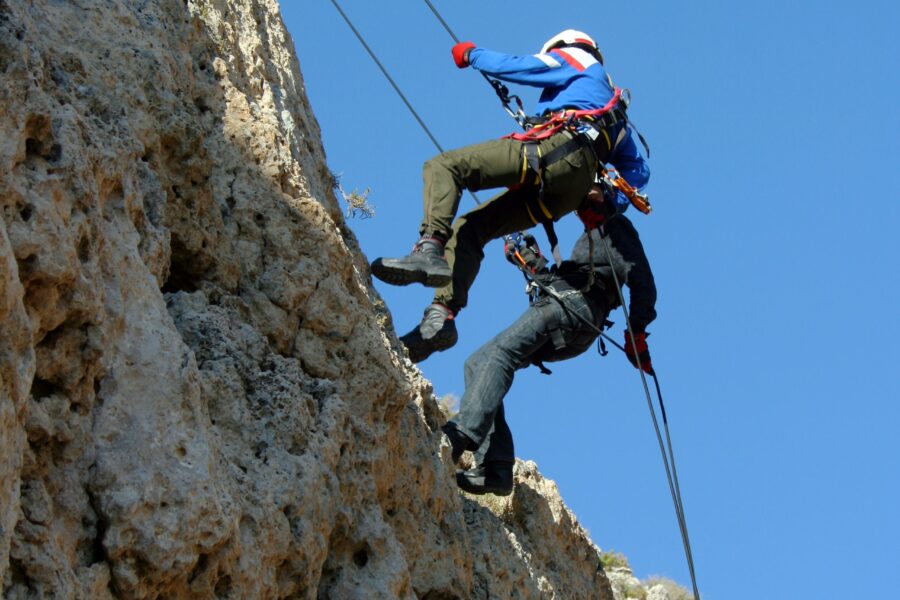
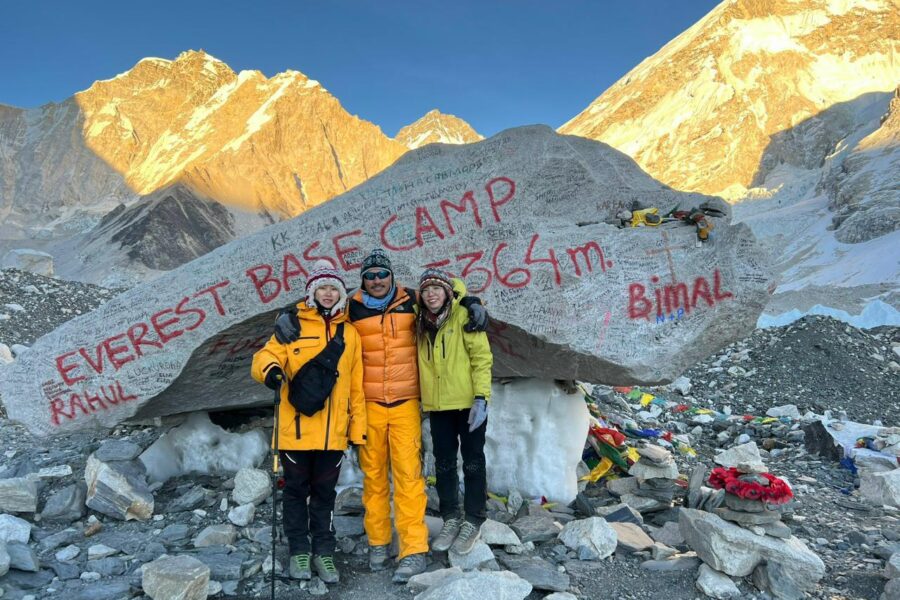
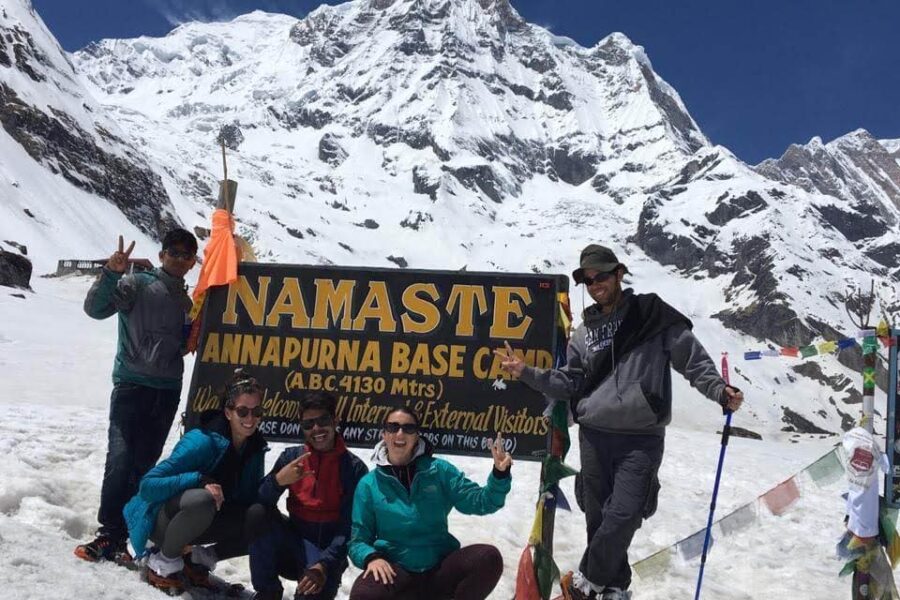

Leave a review